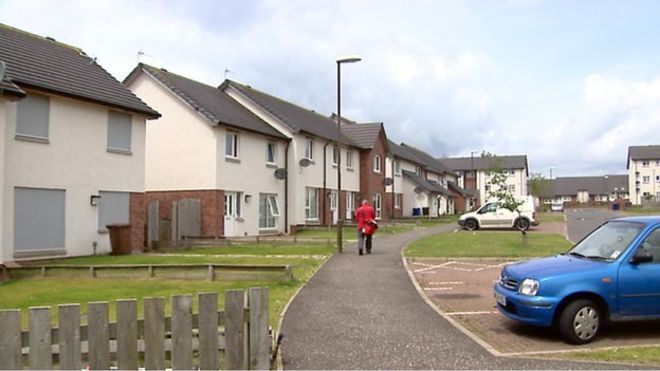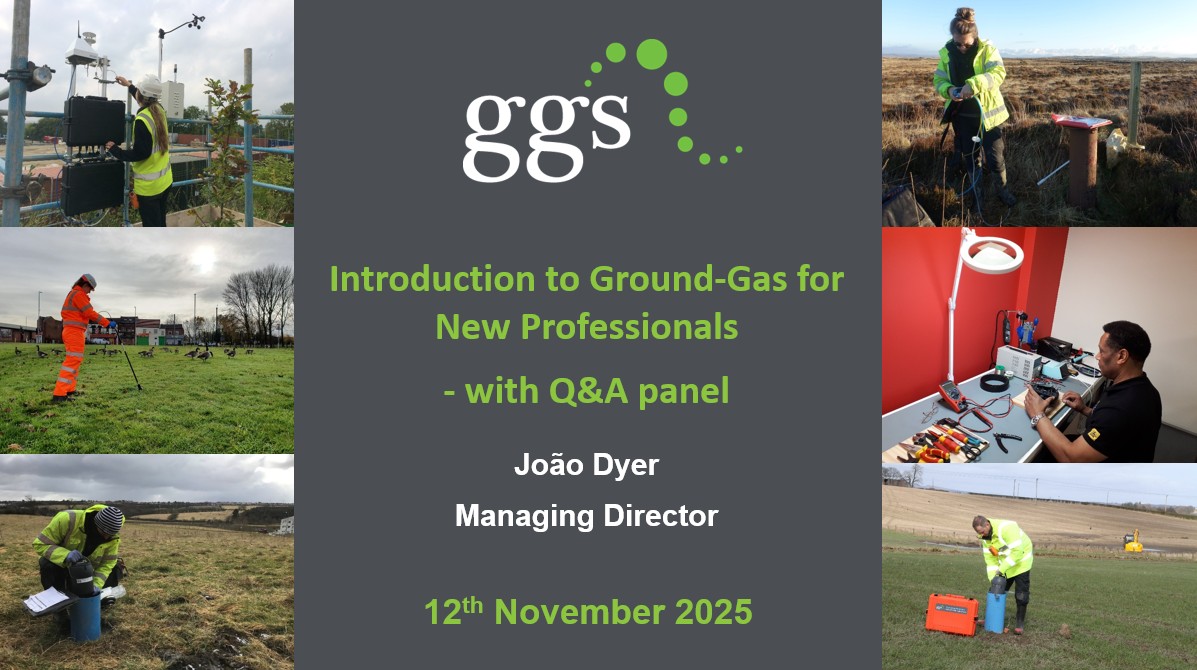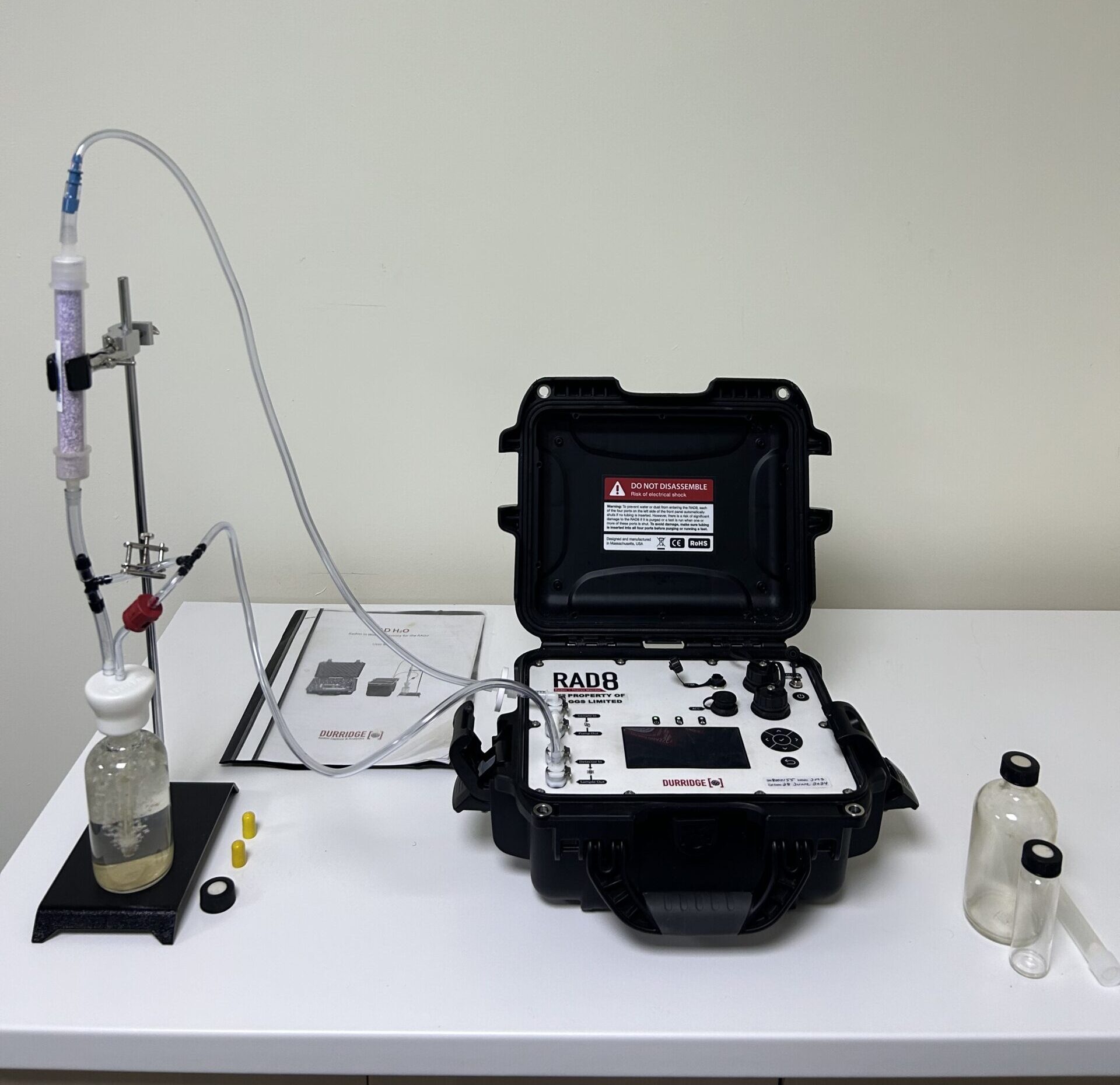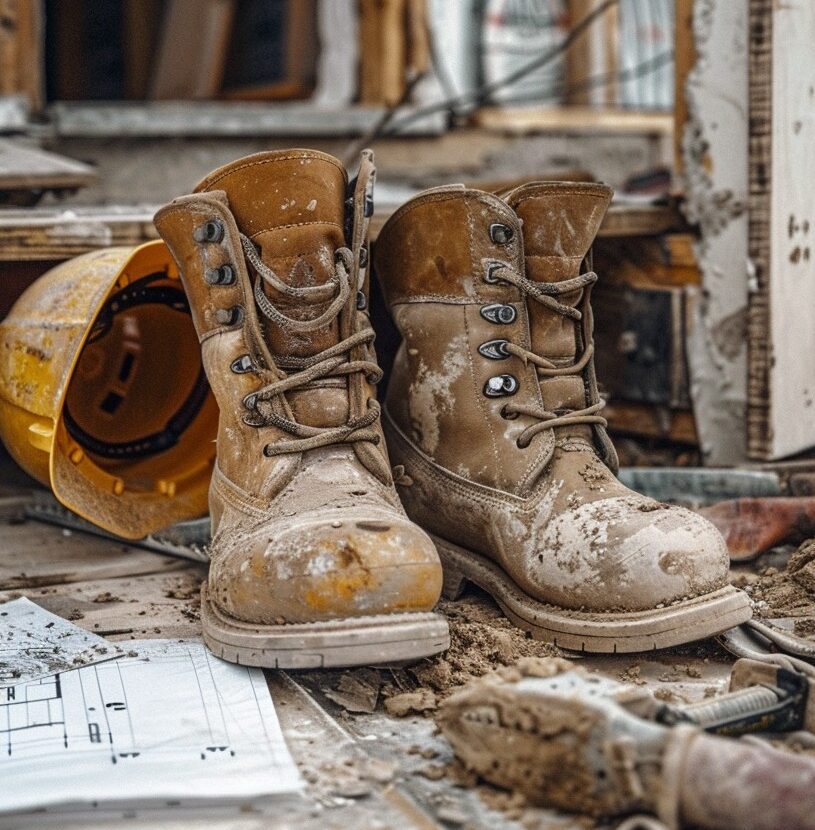A report has been published by engineering and environmental consultancy, RSK Stirling, presenting the findings of their investigation into the pervasiveness of carbon dioxide in disused mineral mines in Scotland and the implications for residential buildings.
Commissioned by the Scottish Government, the research was provoked by incidents in 2013 and 2014 affecting a new-build estate built by Lovell Homes in Gorebridge, a former mining village in Midlothian. Almost 200 residents contacted healthcare services complaining of symptoms including dizziness, headaches, and coughs. The end result was that Midlothian Council had to demolish 64 properties and re-house the effected residents.
In 2017 the NHS Lothian Incident Management Team investigated reported cases of ill health affecting residents of a recently built local authority housing estate. The new RSK research investigates into similar incidents and considers the implications for building standards.
The research report made the following recommendations:
1. Use and enforcement of model planning conditions and/or changes to Scottish Planning and Building Standards and guidance to ensure adequate risk assessment of mine gas and design, construction and verification of gas protection measures.
2. Further research and preparation of supplementary technical guidance relating to the assessment of risks to new and existing developments from mine gas.
3. Consideration of mine gas issues and constraints at local development planning stage, especially related to large-scale developments and cumulative effects.
4. Improved co-ordination and communication between Planning, Building Standards and the Environmental Health/Contaminated Land staff in some local authorities.
5. Further research to assess the long-term effectiveness of granular fill and perforated pipe ventilation below slab construction.
6. Further consideration of the implementation of mandatory mitigation measures in former coal/oil shale mining areas.
7. Additional liaison between Scottish Government, Scottish Local Authorities and Northumberland County Council may be mutually beneficial.
8. Validation of risk assessment and mitigation design experience of consultants within the developers’ procurement process.
Click here to read the full report here.
The following pages include news articles, videos, guidance notes and white papers on a range of ground gas related topics which we hope you will find of interest. Please browse through but if you can’t find something on your particular issue of interest, we’d be very pleased to hear from you so we can put that right.
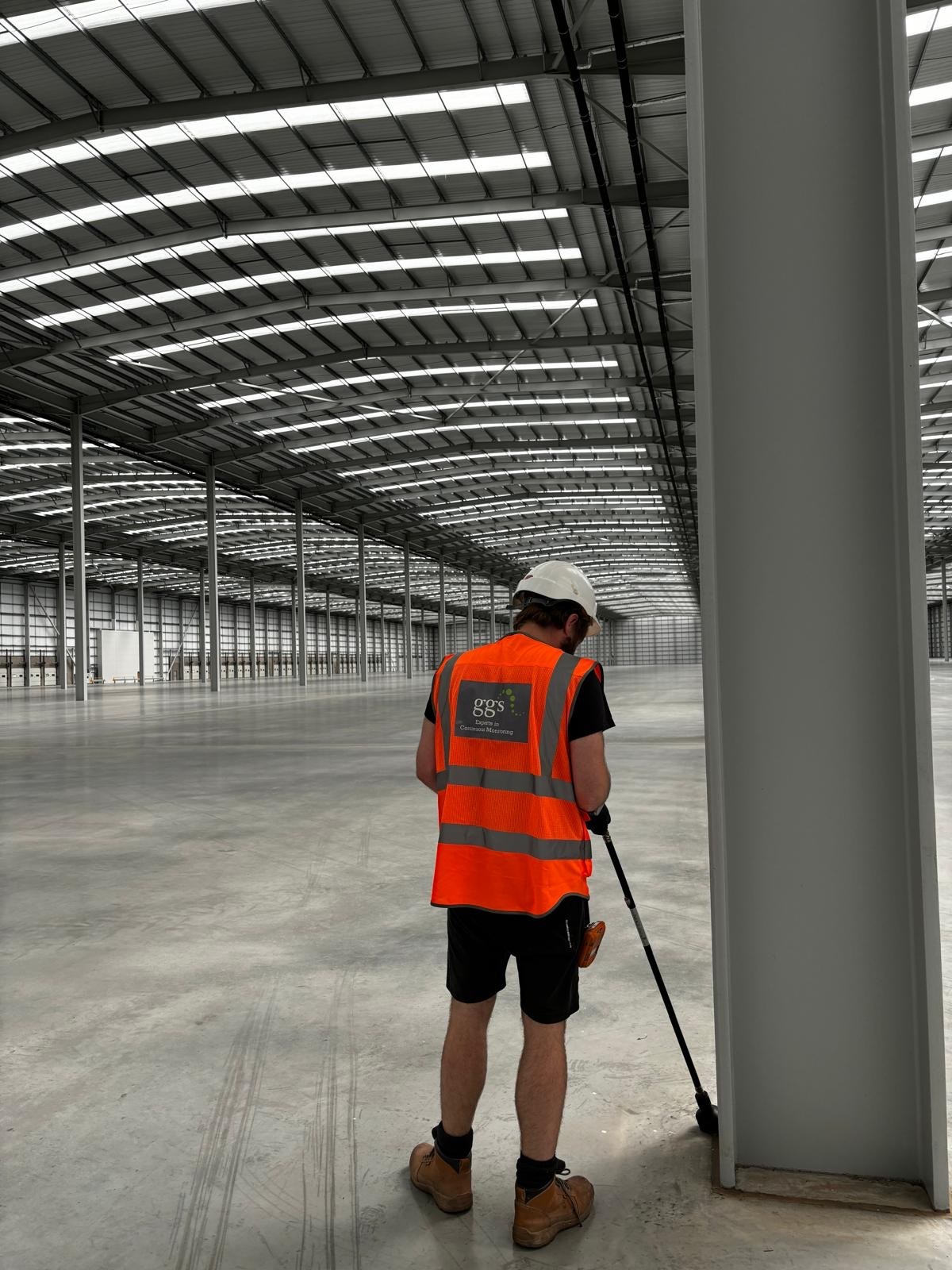
Establishing a new warehouse involves managing numerous moving parts such as ensuring operational systems are in place, training staff and coordinating logistics. Amidst this complexity, it’s essential to remain compliant with environmental and safety regulations.
One important aspect is managing and mitigating ground gas risk. Keep reading to learn about the process and what to expect.

